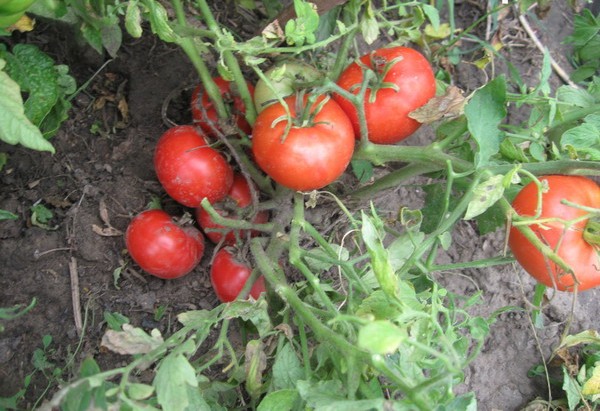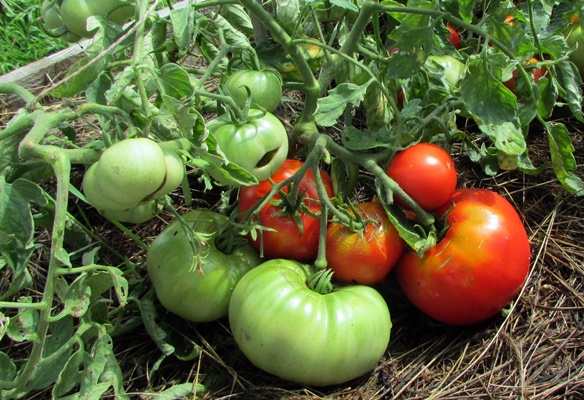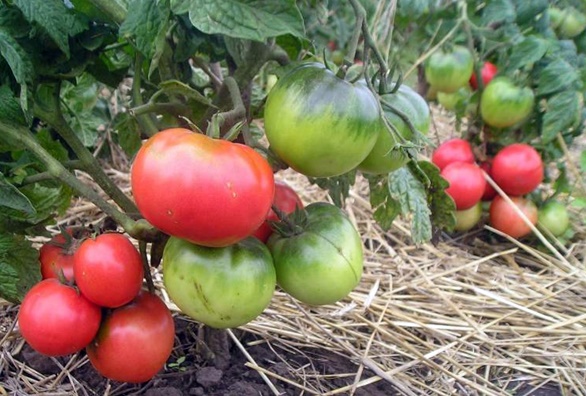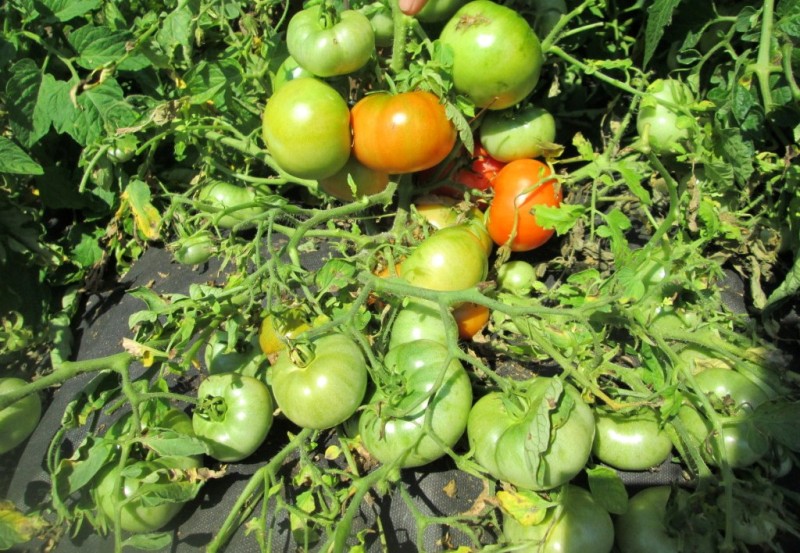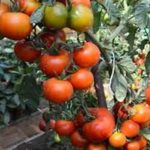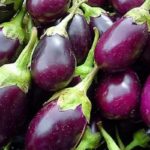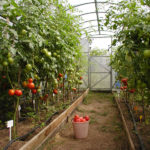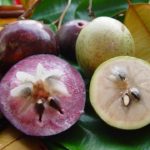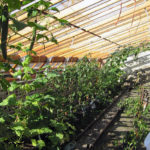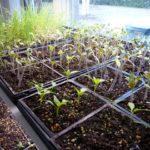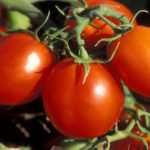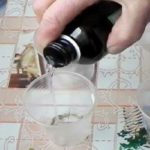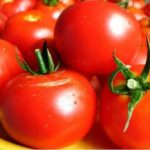The Mongolian Dwarf tomato was bred by amateur breeders and was not included in the state Register of Varieties. Nevertheless, this did not prevent it from becoming one of the sought-after varieties on the domestic market. The main advantage of the Mongolian Dwarf is its unpretentiousness and productivity.
Description of the tomato variety Mongolian Dwarf
Currently, a huge number of different varieties have been bred and choosing a specific one can sometimes be very difficult. Therefore, it is very important to study the description of the variety in advance. What is the description of Mongolian Dwarf tomatoes?
The Mongolian dwarf is grown mainly in Transbaikalia and Siberia. But there are times when gardeners from other regions order seeds by mail and adapt them to the climatic conditions of their place of residence.
Due to the fact that the variety is amateur and it was not included in the State Register, tomato seeds are not produced by well-known companies.
As you can understand from the name, the variety is low-growing. The height of the bush can reach from 25 to 40 cm. Sometimes the plants can be even lower. The trunk itself is quite strong, branches heavily, practically spreading along the ground. The bushes grow greatly in width and can occupy more than 1 meter in diameter.
A tomato forms a large number of stepsons. However, it is not advisable to remove them, because it is on them that a large number of tomatoes are formed.
The leaves of the Mongolian Dwarf are narrow and have a pubescent edge. The tops are very thick, almost completely covering the fruits. Thanks to this, they do not crack or rot.
The Mongolian Dwarf tomato is a very early variety. If you plant seedlings in March in a greenhouse, then by the end of June it will be possible to harvest the first harvest.
They are unpretentious varieties of nightshade crops, but they still require special care. If all the rules of agricultural technology are observed, plants can bear fruit until late autumn.
Mongolian Dwarf tomatoes have good taste characteristics. Tomatoes are perfect for eating fresh and preparing vegetable salads, as well as for preparing tomato juices, lecho and sauces.
Reviews of the tomato are mostly positive, but the history of the origin of the variety does not allow it to become quite popular among gardeners.Those who planted the Mongolian Dwarf were generally satisfied.
Characteristics of the Mongolian Dwarf variety and its features
Like any other variety of nightshade crops, Mongolian dwarf has its own characteristics that you need to know about.
Description of the tomato variety Mongolian Dwarf:
- High yield;
- Early ripening, fruits begin to ripen after about 90 -100 days;
- High resistance to various diseases, especially late blight;
- A distinctive characteristic of the variety is that fruiting continues until mid-autumn;
- A low-growing bush, the stem reaches a height of up to 30 cm;
- The peculiarity of a dwarf plant is that the stems spread along the ground and do not grow upward;
- The absence of a main stem; 2-3 branches grow from the root collar, on which fruits are formed;
- Mongolian Dwarf tomatoes do not need a garter;
- Does not require special care, tolerates temperature changes well;
- Tomato fruits are round in shape, red in color;
- The skin is dense, the flesh is slightly sour, juicy;
- The maximum weight of ripe fruits can reach up to 200 g, the average weight of one tomato is about 140-175 g;
- Universal use in cooking;
- For growing, it is better to give preference to fertile soils.
Advantages and disadvantages
Like any variety of tomatoes, this variety of nightshade crops has its advantages and disadvantages.
Advantages:
- Early fruit ripening;
- High yield, up to 8 kg can be harvested from one bush;
- Resistance to late blight;
- Fruiting continues until the first frost;
- Possibility of cultivation in the northern regions of Russia;
- Does not require pinching or tying to trellises;
- Can withstand strong gusts of wind.
The main disadvantage of this crop is that the seeds are very difficult to buy. This variety of tomato can only be purchased from private individuals, but there is a high probability of purchasing low-quality planting material or a completely different variety.
Features of growing in open ground
Despite the fact that the plant is quite unpretentious, in order to improve its taste properties it is necessary to follow some rules of agricultural technology.
Before sowing planting material, they must be disinfected. To do this, they can be soaked for one hour in a weak solution of potassium permanganate. Then the seeds need to be dried and planted in containers.
How to plant seeds correctly:
- The soil in the box needs to be loosened and watered;
- Make grooves to a depth of 1 cm;
- Sow the seeds and lightly cover them with soil;
- Cover the containers with cling film and place them in a warm place;
- Periodically, the film must be removed to prevent the soil from becoming moldy;
- After the first sprouts appear, the film must be removed and the container placed on the windowsill;
- When the first leaves appear, the seedlings need to be plucked.
A distinctive feature of the seedlings is that they are very small. This does not mean that she is too weak.
Seedlings should be planted in open ground after the threat of severe night frosts has passed. As a rule, this is the end of May - beginning of June. Until the seedlings get stronger, it is recommended to cover them with a warm cloth at night.
Planting seedlings in open ground:
- Dig up the soil and remove all weeds, make beds;
- Dig small holes, add a small amount of humus and 15 grams of superphosphate to the ground;
- The distance between the holes must be at least 80 cm;
- Plant the seedlings, dig them in with soil and tamp them lightly;
- Water generously.
Growing Tips:
- In order for the fruits to be larger, it is necessary to regularly add various mineral and organic fertilizers to the soil;
- It is not advisable to plant seedlings in places where the soil is heavy with a high level of acidity, or where there is a large amount of rainfall. Growing in such conditions will lead to the fact that the bushes will be weak and the fruits will not be very large;
- You need to sow seeds from mid-March to early April. To separate high-quality seeds from low-quality ones, you can leave them in a 5% solution of table salt for 5 minutes. Those seeds that float to the surface can be thrown out, and those that settle to the bottom can be planted.

